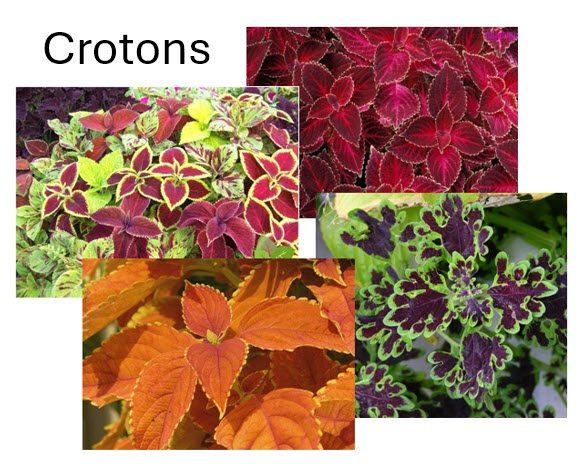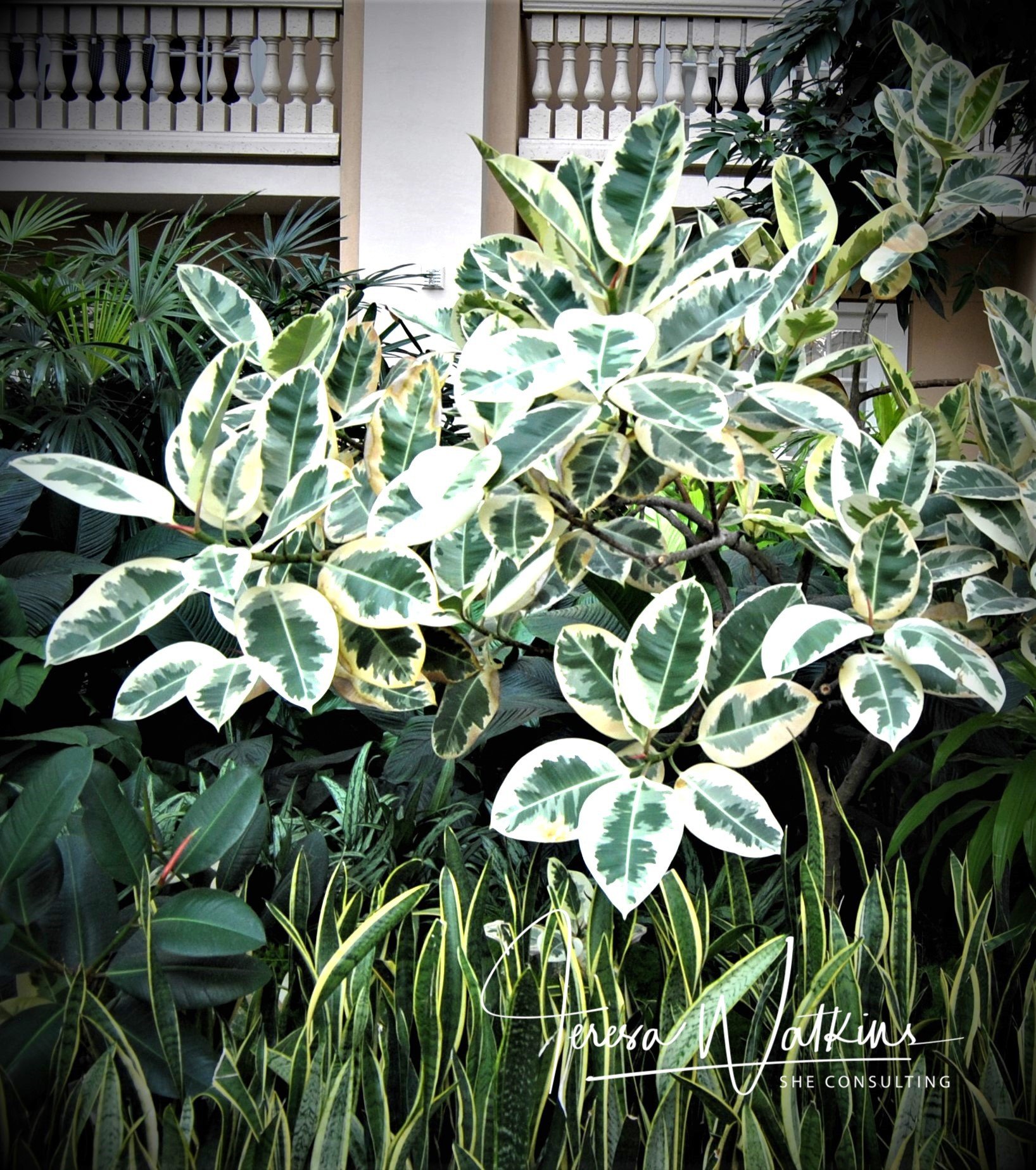By Teresa Watkins
September 2024
Average temperatures High 90 Low 72
Average rainfall 5.76 inches
Autumn arrives September 22nd, 2024
September Plantings
Vegetables: Early plantings include lima bean, snap bean, corn, cucumber, eggplant, pepper, southern pea, rhubarb, squash, and tomato; End of the month crops include arugula, broccoli, Brussel sprouts, cabbage, celery, collard, endive, lettuce, mustard, onion, radish, strawberry, and turnip.
Flowers: Agapanthus, ageratum, angelonia, begonia, blue daze, butterfly weed, buttonbush, cat's whiskers, celosia, cleome, coleus, coreopsis, cosmos, firebush, garden mums, gaura, gazania, gerbera, goldenrod, gomphrena, heliotrope, impatiens, Jacobina, lantana, marigold, melampodium, New Guinea impatiens, nicotiana, pentas, periwinkle, plumbago, roses, salvia, sunflower, sweet alyssum, thyrallis, torenia, Turk’s cap, verbena, and zinnia.
Herbs: Anise, basil, bay laurel, borage, chives, coriander, dill, lemon balm, lavender, Mexican tarragon, mint, parsley, rosemary, sage, sweet fennel, sweet marjoram, and thyme.
Bulbs: African iris, agapanthus, amaryllis, blackberry lily, bulbine, calla lily, crinum, crocosmia, day lily, gladiolus, kaffir lily, narcissus, society garlic, spider lily, rain lilies and walking iris. Look for and purchase cool-season bulbs for refrigeration, including crocus, daffodils, crocus, hyacinths, muscari, and tulips.
Fruit and Vegetable Care
· Get a soil test of garden every year to find out what fertilizer nutrients to apply.
· Clean used containers before planting.
· Give large growing plants big containers to have room for good root growth.
· Keep container-grown tomatoes uniformly moist to avoid blossom-end rot.
· New to gardening? Start a garden journal and list names of seeds, the varieties, date planted, days to harvest, temperatures, and any weather conditions that might affect growth, i.e., extreme heat, lack of rain, storms.
· Add vegetables and herbs to containers for patio and balcony gardens.
· All vegetables like a sunny site with at least 6 – 8 hours; leafy crops can often grow in filtered sun.
· Remember the sun dips south Fall through Winter so note sites that may become shady.
· Last year’s gardens may need an additional layer of organic compost or manure, like Black Kow.
· Remove plastic covers from solarization treatments and plant without tilling.
· Where nematodes are a problem, dig a large hole and fill it with organic amendments or potting soil before planting.
· Keep new plantings and seedlings moist; water older plantings when the soil begins to dry.
· Apply a first feeding two weeks after adding transplants or seed germination.
· Continue with monthly feedings for in-ground plantings, every other week for containers.
· Use slow-release fertilizer which may be the only feeding needed.
· Add flowering plants to gardens to invite pollinators to visit.
· Set tomatoes in the ground or in containers early and start training to a trellis.
· Provide support for tomatoes, peppers, cucumbers, and others from vegetables above.
· Rejuvenate older herb gardens in late September by adding fresh plantings.
· Check the garden daily to determine soil moisture of ground and check for pests.
· Harvest herbs to encourage continued growth. .
· Use mulches to conserve water, control weeds and keep soil off leafy crops.
· Remove side shoots/pups to root from pineapple plants and increase your plantings.
· Start seedlings of Fall cool season crops later in the month.
· Begin citrus and avocado tree feedings toward the end of the month. For more specific information on fertilizing different size citrus trees: https://edis.ifas.ufl.edu/publication/HS132
Lawn Care
· Get soil test analysis of turf areas before fertilizing.
· If your lawn is susceptible to fungus and you have had excessive rains during past storms, apply a preventative fungicide according to the label.
· Where grass won’t grow because of too much shade, consider use of an ornamental ground cover, like ajuga, Asiatic jasmine, ferns, liriope, mondo grass, or pachysandra,
· Lawns with aggressive weeds need attention; dig out, resod or spot treat with herbicides, but if temperatures average above 85 degrees, wait until October to use an herbicide.
· Most local ordinances restrict fertilization until October 1st.
· To green up lawns, use an iron-only or minor nutrient application until October.
· Once weeds or pest issues are taken care of, patch pest-damaged or weed areas with new sod, plugs, or seed.
· Complete seeding of Bahia turf in early September.
· Lawn caterpillars and chinch bugs can continue in to Fall; control when noted.
· Several products are now available for nematode control by lawn care companies.
· Fire ants are frequently found in lawns; spot treat mounds with bait, then treat the entire lawn.
· Aerate hard to wet or compacted soils.
· Continue mowings at recommended heights
· Change mowing patterns on regular basis, overlapping rows so mower doesn’t create ruts.
· Service lawn care equipment to have it ready for Fall.
In the Landscape
· Keep eye on trees and shrubs that may have been affected by the drought in Spring and Summer. Decline from 2024 drought may be an issue for next few years.
· Make sure any shrubs and trees leaning from storm winds are straightened as soon as possible.
· Note plant decline in landscapes, from excessive gutter drainage. Bury gutter and extend out into yard to prevent displacement of soil and mulch.
· Prune away dead or declining plant portions affected by Summer weather or pests.
· Weeds are plentiful; remove them before they flower and disperse seeds.
· Renew mulches with only a light topping to keep 3” – 4” of mulch.
· Clean and sharpen pruning equipment to make trimming easy with minimal plant damage.
· Prune declining brown fronds only and flower stems from palms but leave the green fronds.
· Sterilize pruners between plants when trimming palms with possible diseases.
· Many plants have grown out of bounds; now is the time to do needed pruning.
· Give poinsettias and hydrangeas a final pruning.
· Check roses that have dead or declining stems and old flowers that need to be removed.
· Expect caladiums and some ginger to start to decline and go dormant until Spring.
· Replant declining flowers with warm season selections; delay planting the cool season types until end of November.
· Avoid planting palms with prevalent disease problems.
· Scale insects, mealy bugs and aphids have been active; control as needed.
· Sooty mold grows on the excreta of insects; control both with a horticultural oil spray.
· Check container plantings for plugged drainage holes; repot as needed.
· Chrysanthemums make attractive Fall flowers, but they only last a few weeks in the heat.
· Divide perennials and replant in the garden.
· Now is the time to ensure poinsettias have 12 hours of complete darkness every night to encourage blooming in time for Christmas.
· Plan for cool weather bulbs, i.e., tulips, hyacinth, daffodils, etc. and refrigerate bulbs for 16 weeks so they can be planted in the landscape two to three weeks ahead of when you would like them to bloom.
· Add new trees, shrubs, and palms.
· Feed palms with a slow-release fertilizer three to four times a year.
· Begin late September shrub and perennial feedings for Fall where permitted.
· Feed hanging baskets and orchids every other week.
· Remove declining leaves and flowers from water lilies; give a monthly feeding.
Houseplant Care
· There is still time to revive foliage plants by moving them outdoors to a shady site.
· Indoor orchids and bromeliads make good outdoor additions when they begin to decline.
· Groom foliage plants growing outdoors for an improved appearance.
· Control pests including scale, mealybugs, thrips and mites with natural sprays.
· Gradually reduce feedings and watering of Christmas and holiday cactus.
· Transplant foliage plants needing new containers before the cooler Fall weather.
· Feed foliage plants monthly or use a slow-release fertilizer according to the label.
· Replace declining plants with new selections for Fall.
· Obtain amaryllis and paper white narcissus bulbs for Fall forcing.

























